
views
15 Core Exercises for Lower Back Pain
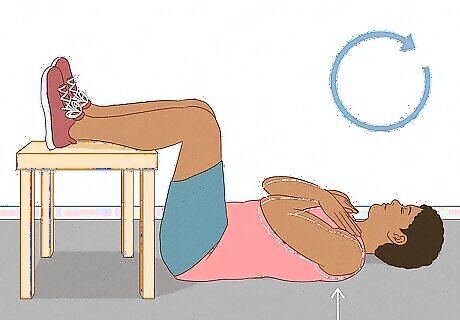
Abdominal Bracing Lay on your back and rest your calves on a raised surface (like a chair or coffee table). Cross your arms over your chest. Attempt to lift your shoulders off the floor, but don't perform a crunch. When your abdominals engage, maintain this engagement and breathe. Relax after a few breaths, then repeat. Variation: For a variation that’s easier on your back and stomach, hold your arms in front of you instead of crossing them over your chest. How does this exercise help? Abdominal braces target and strengthen your rectus abdominis, which is one of the largest muscles in your core.
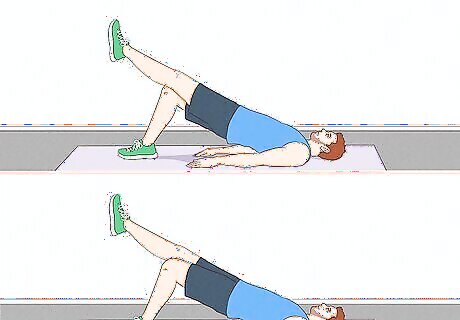
Bridges Lie on your back and bend your knees in a 90º angle. Keep your feet flat on the floor. Engage your deep core and abdominal muscles and lift your butt off the floor to reach the bridge position. As you lift into a bridge, be sure to maintain the natural curve of your lower spine rather than arching your back in order to force your belly up. Once you’re in bridge, lift your left foot and extend your left leg to create a straight line through your left heel. Return your foot to its original position and repeat with the right leg. How does this exercise help? This bridge exercise helps to strengthen your core, gluteal, and back muscles.
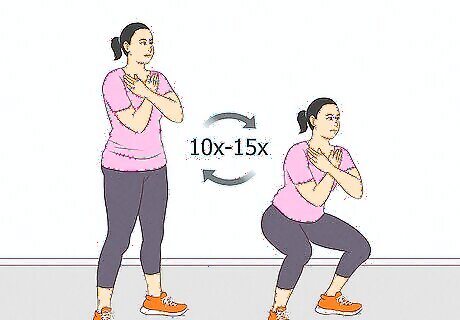
Squats Start in a standing position with your feet shoulder-width apart. Fix your gaze straight ahead and tighten your core. With your abdominals held tight, hinge at your hips and bend your knees to a 90º angle. Then, return to a standing position by using your legs first and then your glutes. Repeat about 10-15 times. How does this exercise help? Squats help to increase strength in your glutes, hamstrings, and back. They’re also a great full-body exercise that works multiple muscle groups in your body.
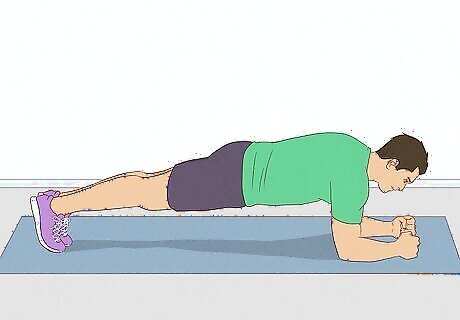
Plank Start out in a push-up position with your arms bent and your forearms bearing your body weight. Keep your hips, legs, and torso in a straight line, and tighten your abdominal and glute muscles. If you’re struggling to keep this form, focus on drawing your core muscles into your belly button. Hold this plank for as long as you can. Variation: Perform a modified plank by resting your body on your forearms and knees. Create extra resistance by pressing your elbows and knees toward each other—without moving either from their position on the floor. For an added challenge, rest on your forearms and needs and alternate raising each arm off the floor and extending it in front of you. How does this exercise help? Planks engage and strengthen several muscles in your core and help to maintain the stability of your core muscles.
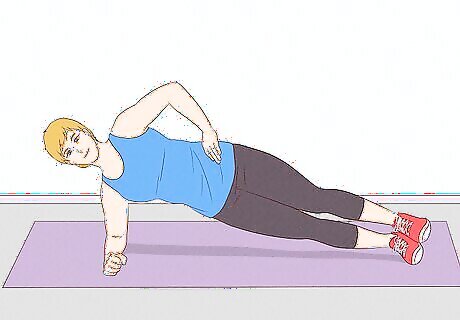
Side plank Lie on one side of your body with your legs stacked on top of each other in a straight line. Press your forearm to the floor with your elbow under your shoulder and lift your body upward. Hold this position for as long as you can. Variation: Straighten your arm before lifting your body to create more resistance. How does this exercise help? Side planks activate multiple core muscles, including your obliques, transverse abdominis, and rectus abdominis.

Bird dog Position yourself with your knees and the palms of your hands resting on the floor. Keep your spine straight and neutral without arching upward or downward. From this starting position, engage your core muscles and simultaneously reach forward with your right arm and extend your left leg backward. Perform this movement slowly until both limbs are fully outstretched, then hold for a breath and slowly return to the starting position. Repeat on the opposite side. How does this exercise help? The bird dog exercise helps to improve your core strength and specifically strengthen your lumbar back muscles.
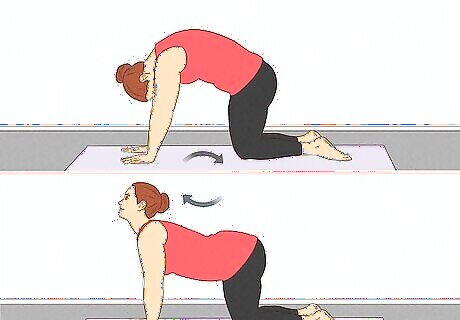
Mad cat Get on all fours with your hands and knees on the floor. Slowly curl your back toward the ceiling—envision a string running through your belly button and pulling you up toward the ceiling. Tuck your chin in slightly, then hold this position for a deep inhale. Then, tighten your abs, drop your chest toward the floor, and slightly lift your head. Repeat as desired. How does this exercise help? The mad cat exercise actively engages your deep abdominal muscles while loosening your spine, which may help to alleviate tension in your lower back.
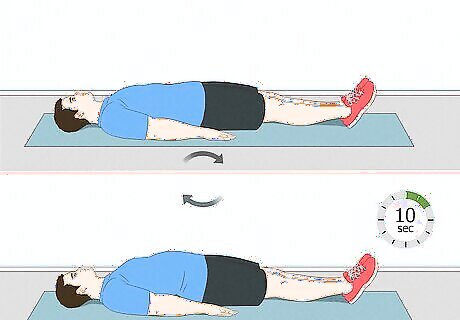
Pelvic tilts Lie flat on your back. Tighten your abdominal muscles and slightly press them into the floor. Then, slightly bend your pelvis upward and hold this position for 10 seconds. Lower your pelvis into the original position, then repeat. Variation: Start in the same position as the standard pelvic tilt. Engage your abdominals while lifting one foot off the ground and bring your knee to your chest. Lower your foot to the ground and repeat with the opposite leg. How does this exercise help? Pelvic tilts engage your deep core muscles (particularly the transverse abdominis) and stabilize your pelvis, which can reduce strain in the lower back.
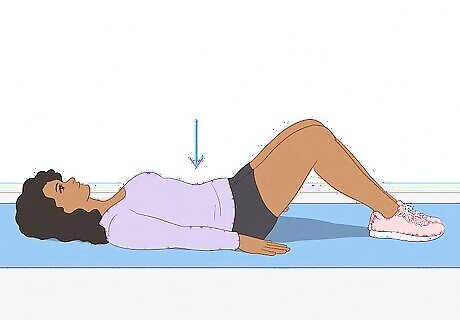
Transversus abdominis contraction Lie on your back and bend your knees at a 90-degree angle with your feet flat on the floor. Contract the muscles below your belly buttons as you pull your abs toward the floor. Variation: Incorporate heel slides into your transversus abdominis contraction by getting into the same position described above, then keeping your core engaged while slowly sliding one leg out and pulling it back in. Alternate legs and repeat. How does this exercise help? This stretch provides internal pressure to stabilize your spine, effectively supporting your lower back and preventing any potentially harmful movements.
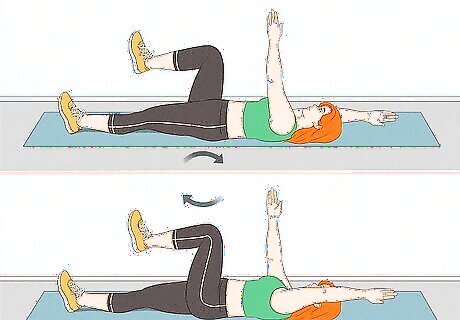
Dead bug Lie on your back and lift your arms straight up so that they’re perpendicular to your shoulders. Raise your legs into the air so that they’re bent at a 90-degree angle. Slowly extend and straighten your left leg so that it’s parallel to the floor. Simultaneously, drop your right arm behind you so that it’s next to your ear and hovering just above the floor. Repeat this motion while alternating from side to side. Variation: Limit your range of motion to what’s comfortable for your body. If you can’t fully extend or straighten your leg or arm, that’s okay—stop whenever your body starts to hurt or feel uncomfortable. How does this exercise help? The dead bug exercise targets and strengthens your core muscles, which can help to stabilize your spine and reduce lower back strain.
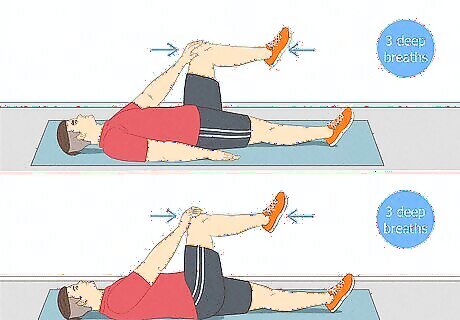
Single-leg abdominal press Lie on your back with your knees bent and your feet flat on the floor. Keep your back in a neutral position (not arched and not pressed into the floor) while avoiding any tilting in your hips. Tighten your abdominal muscles and raise your right leg off the floor so that your knee and hip are at a 90º angle. Rest your right hand on your right kneecap, then push your hand against your knee while using your ab muscles to push your knee toward your hand. Keep your arm straight and hold this position for three deep breaths. Return to start and repeat with your left hand and knee. Variation: For an added challenge, use your opposite hand on your opposite knee or place your hand on the outside of the knee. Both of these variations will create extra resistance and contribute to your improved core strength. How does this exercise help? A single-leg abdominal press specifically targets deep core muscles, which can help to stabilize your spine and reduce strain on your lower back.
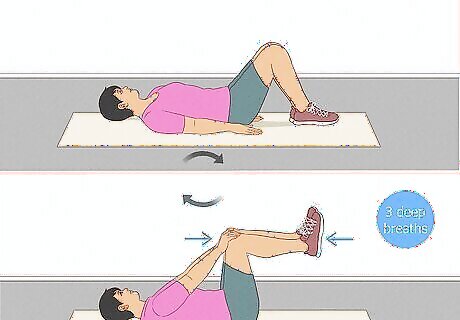
Double-leg abdominal press Lie on your back with your knees bent and your feet flat on the floor. Hold your back in a neutral position without arching it or pressing it into the floor. Keep your hips flat and your abdominals tight. Raise your legs off the floor one at a time so that both legs are bent at 90-degree angles. Place your hands gently on the tops of your knees, then push your hands against your knees while using your abdominal muscles to pull your knees toward your hands. Keep your arms straight, hold for three deep breaths, then return to start and repeat. Variation: Further challenge yourself and work your core by crossing your arms over each other to place opposite hands on opposite knees. Alternatively, place your hands on the outsides of your knees and push your knees inward. How does this exercise help? The double-leg abdominal press actively engages your deep core muscles, helping these muscles to act as a brace for your spine and reduce lower back strain.
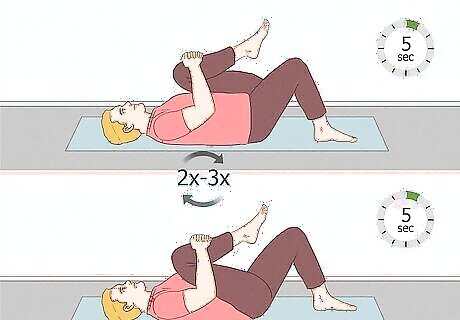
Knee to chest stretch Lie on your back. Bend your knees and place your feet flat on the floor. Place both of your hands around one knee and pull your knee into your chest. Tighten your abdominal muscles and press your spine to the floor. Hold this position for five seconds, then return to the starting position and repeat on the other side. Repeat this stretch 2-3 times in the morning and at night. How does this exercise help? A knee-to-chest stretch gently stretches your lower back muscles, which can help to alleviate pressure on your lumbar vertebrae and decompress the spine. It also engages the core muscles and promotes stability in the lower back.
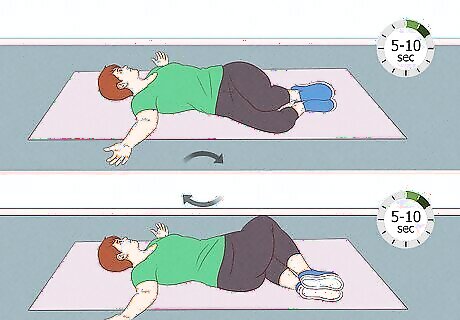
Lower back rotational stretch Lie on your back and place your feet flat on the floor with your knees bent. Keep your shoulders completely flat on the floor while rolling your bent knees to one side. Hold this position for 5-10 seconds, then roll your legs back to the starting position. Repeat on the other side. Variation: You can also do a seated lower back rotational stretch in an armless chair or on a stool. Sit on your chair or stool and cross your right leg over the left. Brace your left elbow against the outside of your right knee, then gently twist and stretch to one side. Hold for 10 seconds, then repeat on the other side. How does this exercise help? This stretch helps to loosen up your muscles so that they’re prepared for more physical activity (which can help prevent further damage to your back!).
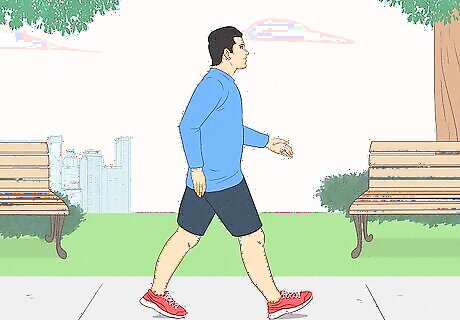
Walking While walking might be considered a simple sort of exercise, it can be a highly effective way to treat and prevent lower back pain. If walking isn’t already part of your daily routine, start small with a 5-10 minute walk per day. Work your way up to walking at least 30 minutes per day, or more if you feel up to it. Make sure to wear a good pair of supportive shoes and walk at a pace that feels comfortable to you. How does this exercise help? A daily walking routine can work the muscles that support and protect your spine, and some studies have shown that regular walking can reduce lower back pain flare-ups and recurrences by almost 50%.
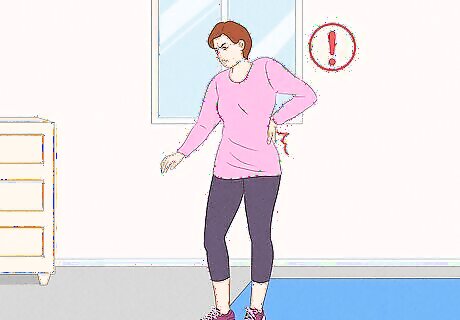
If you feel shooting pains at any point during these exercises, stop immediately. All of these exercises should help to relieve your lower back pain, not create more discomfort. If you’re constantly feeling discomfort, monitor your posture and avoid movements that twist or strain your back. Core Balance Training can help guide you to perform exercises properly.
Why is core strength important?
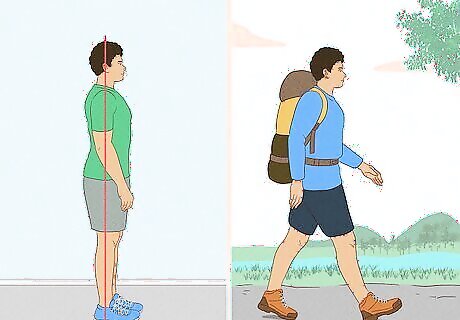
Core strength stabilizes your spine, improving overall movement and posture. A strong core allows for your spine and pelvis to be stabilized, which in turn helps to improve your muscular balance and posture. Core strength can also act as a shock absorber during physical exercise, meaning that you’re able to move more efficiently and effectively and reduce potential injury to your lower back and other delicate areas. Some of the most crucial muscles related to deep core strength include the transverse abdominis, quadratus lumborum, external and internal obliques, gluteus maximus and medius, lumbar multifidus, pelvic floor muscles, and rectus abdominis.
Reduce Pain with the Help of Core Balance Training
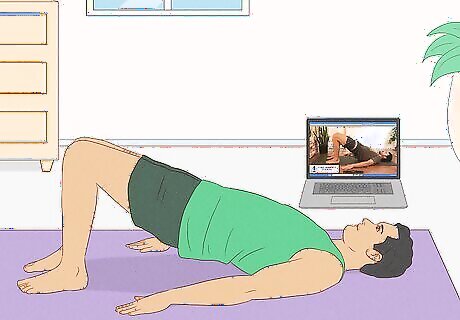
Get a head start on strengthening your core and balancing the muscles that support your spine with Core Balance Training. The experts at Core Balance Training are committed to helping their clients understand and reverse chronic lower back pain—and in order to fully get out of back pain, you need to restore balance in the core muscles that surround the spine. Correcting muscle imbalances provides an even distribution of support to maintain the spine in good posture. This is the focus of Core Balance Training. You can start with their free 15-minute masterclass or sign up for a 7-day free trial to begin working on your core and improving any lower back pain you may be experiencing. Core Balance Training's focus is on permanently reversing chronic lower back pain—and they have a 92% success rate. Most students experience a significant reduction in back pain within the first week.
What is chronic lower back pain?
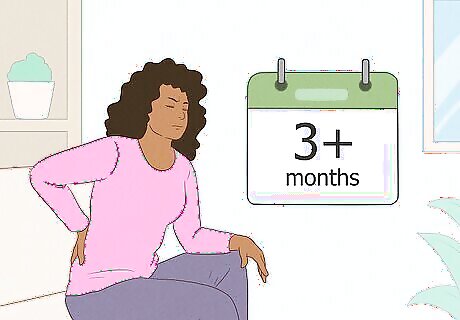
Chronic lower back pain is a pain that lasts for 3+ months. Lower back pain is considered chronic if it lasts for more than three months and/or is worsening over time. This type of pain may come on gradually or suddenly, and it may be felt daily. Symptoms of chronic lower back pain include: Dull or sharp pain A tingling or burning sensation Weakness in legs or feet Pain in the hip, leg, or the bottom of the foot Back stiffness Difficulty standing up straight
Causes & Effects of Chronic Lower Back Pain

Root Causes There are many potential causes of chronic or lower back pain. People who carry heavy loads at work or spend large portions of their waking life in difficult working positions may be more prone to back pain, but anyone can experience it. Some of the most common causes of chronic lower back pain include: Sprains or strains to muscles or ligaments in the back. Degenerative disc disease or herniated discs, often arising with age. Spinal stenosis—a narrowing of the spinal canal that puts pressure on the spinal cord. Sciatica or pain in the sciatic nerve, which is often caused by incorrect posture Infections like bladder infection or kidney stones. Tumors Obesity, which may put pressure on the spine Poor muscle tone Hip conditions
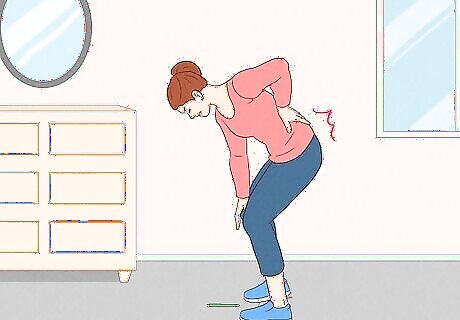
Negative Effects Chronic lower back pain can have a big impact on your everyday life. It may limit your ability to perform daily tasks and activities, reduce your productivity at work, and worsen your overall mental health. In the most extreme cases, chronic lower back pain may lead to nerve damage and disability if left untreated. Here are some of the other key negative effects of chronic lower back pain: Challenges with daily movements like bending, lifting, sitting for extended periods, and walking long distances. Disruption in sleep patterns, leading to further fatigue. Inability to perform work duties effectively. Mental health struggles like anxiety, depression, stress, and feelings of hopelessness. Social isolation, as a result of the limits placed on social and physical activities. Nerve damage, which may involve pain, numbness, and weakness in the legs.














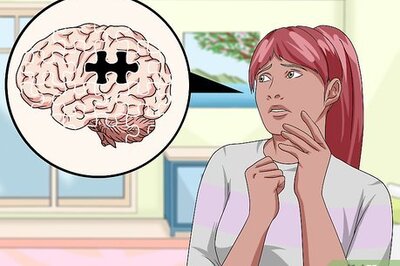
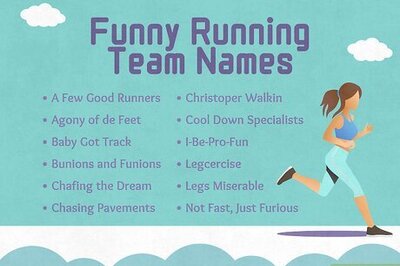

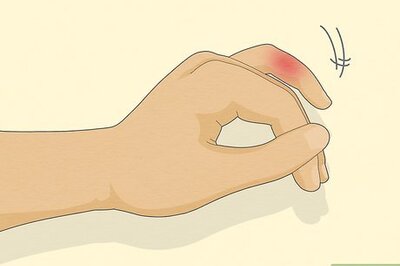
Comments
0 comment